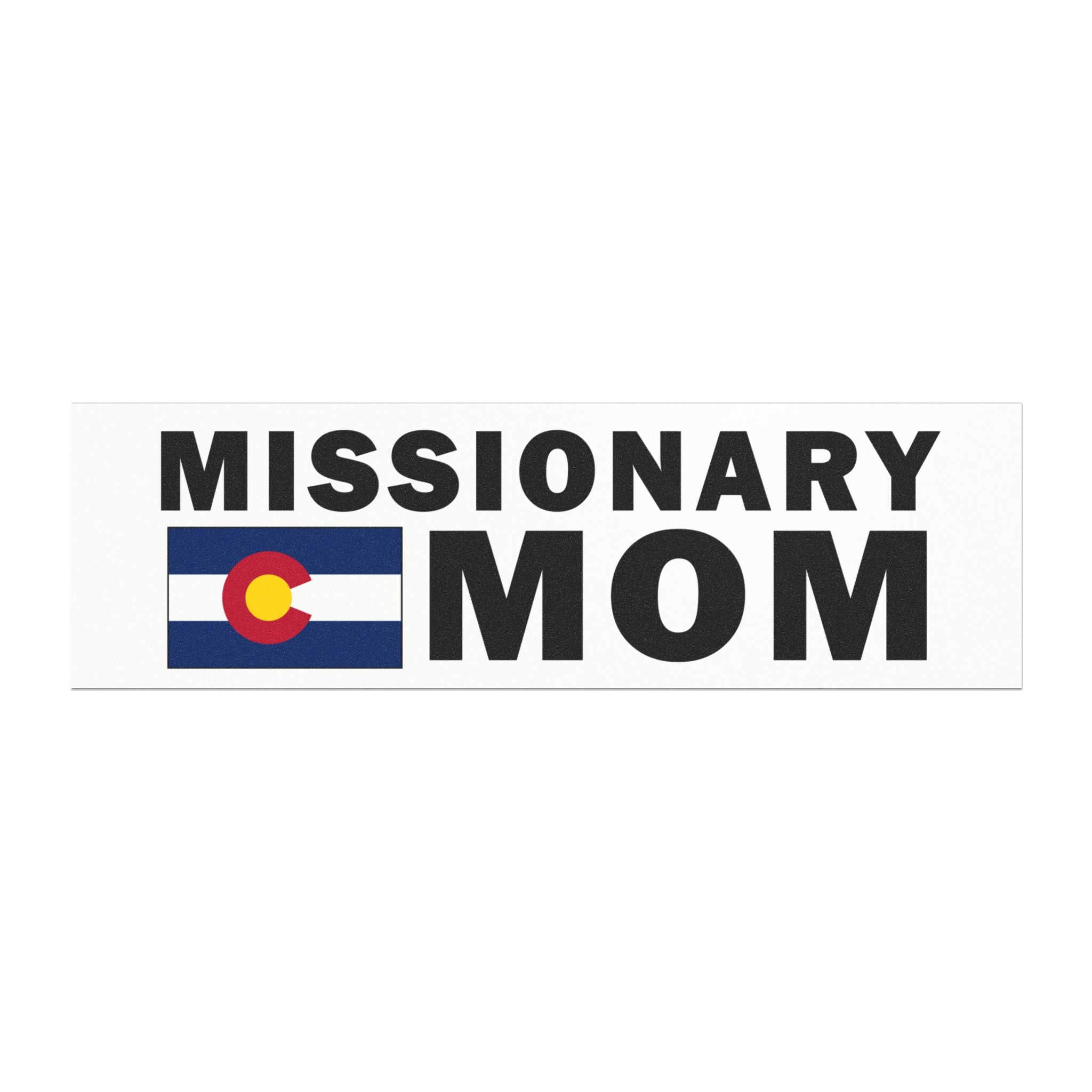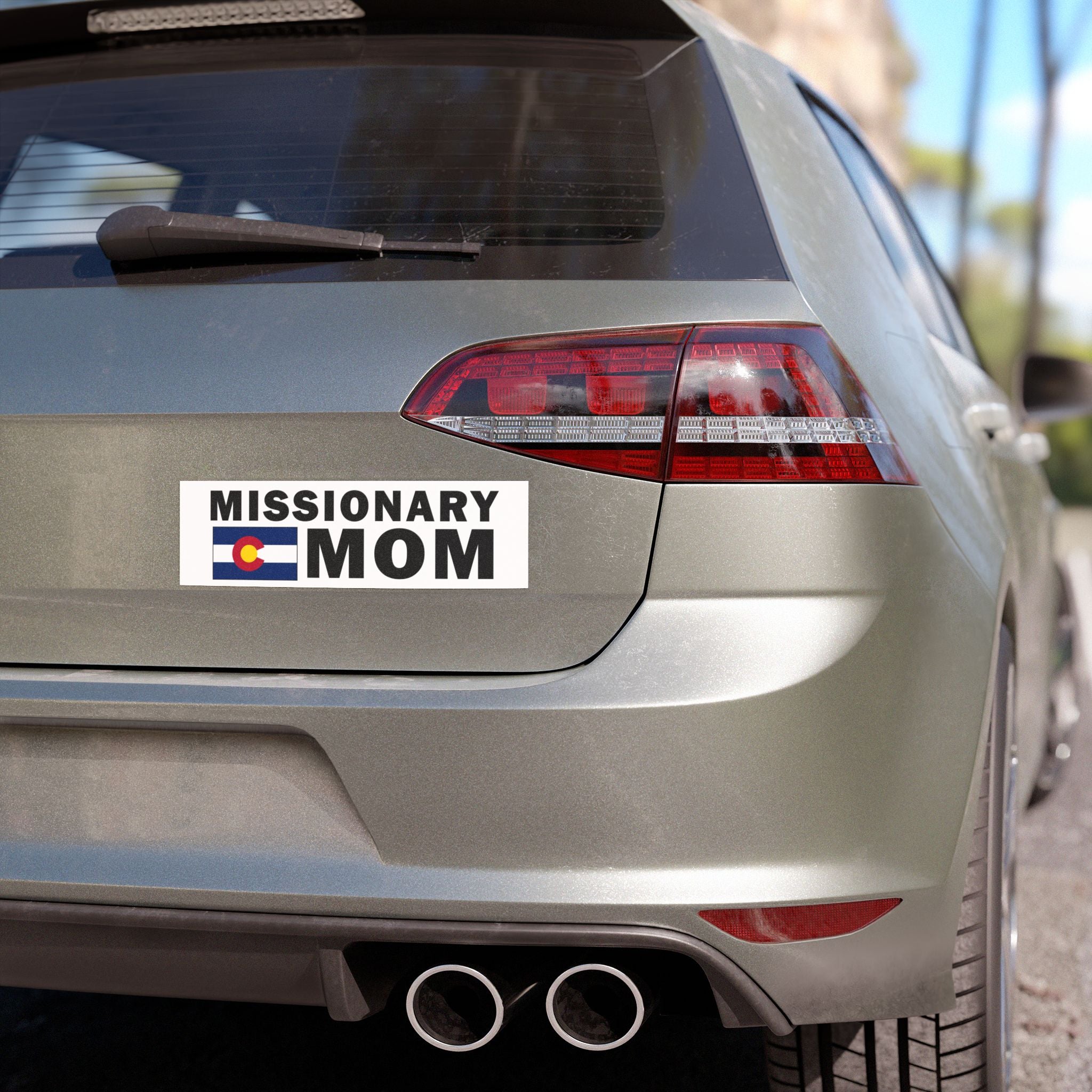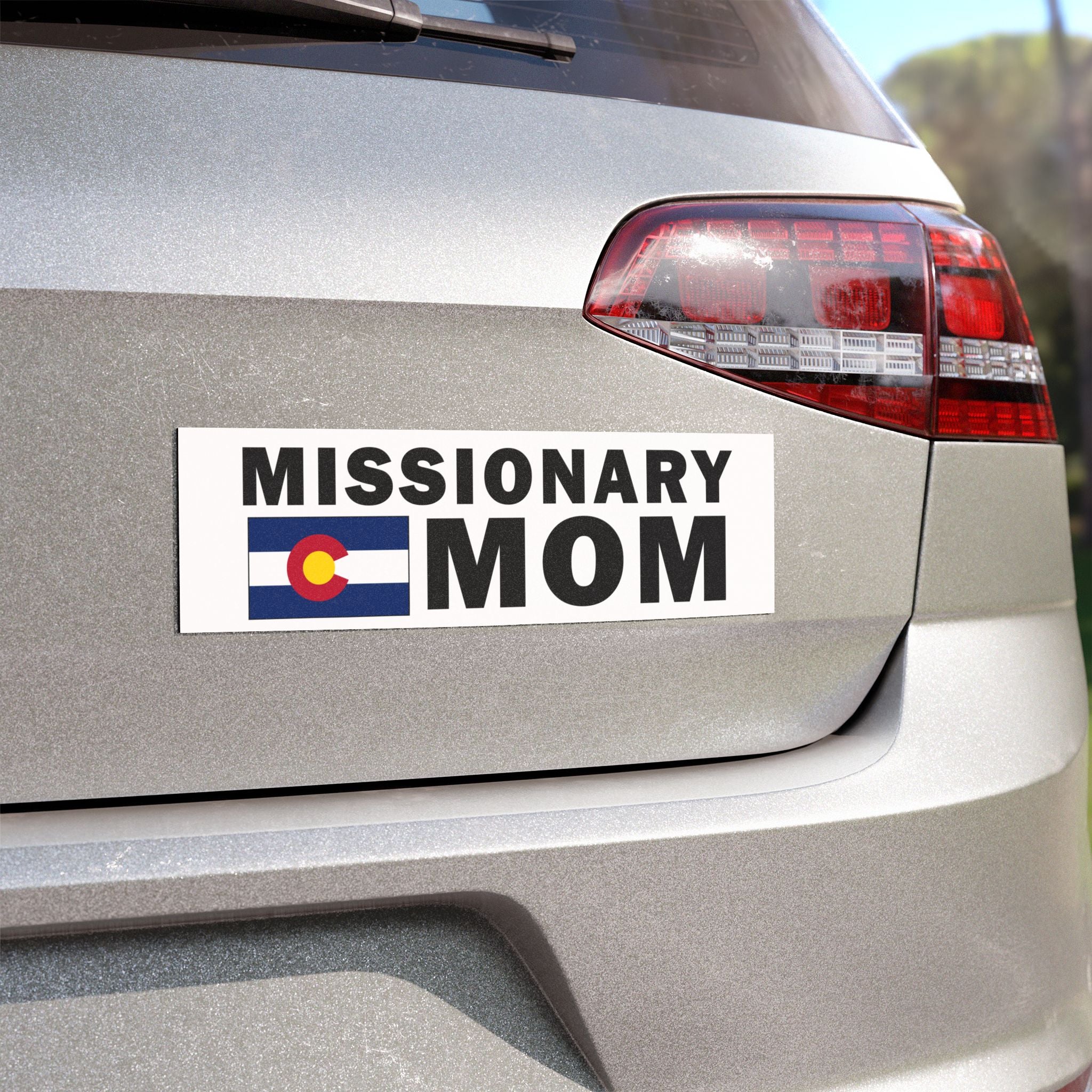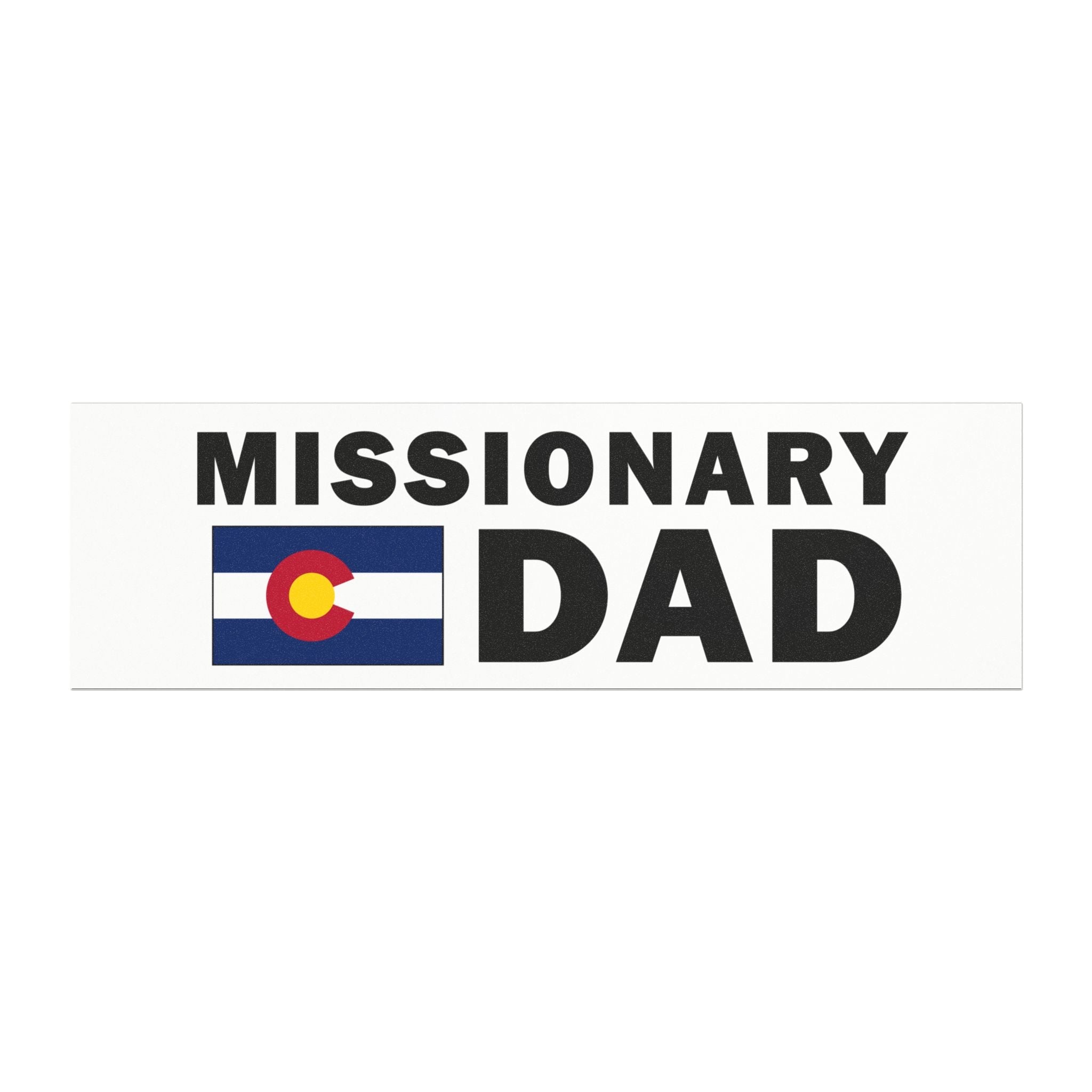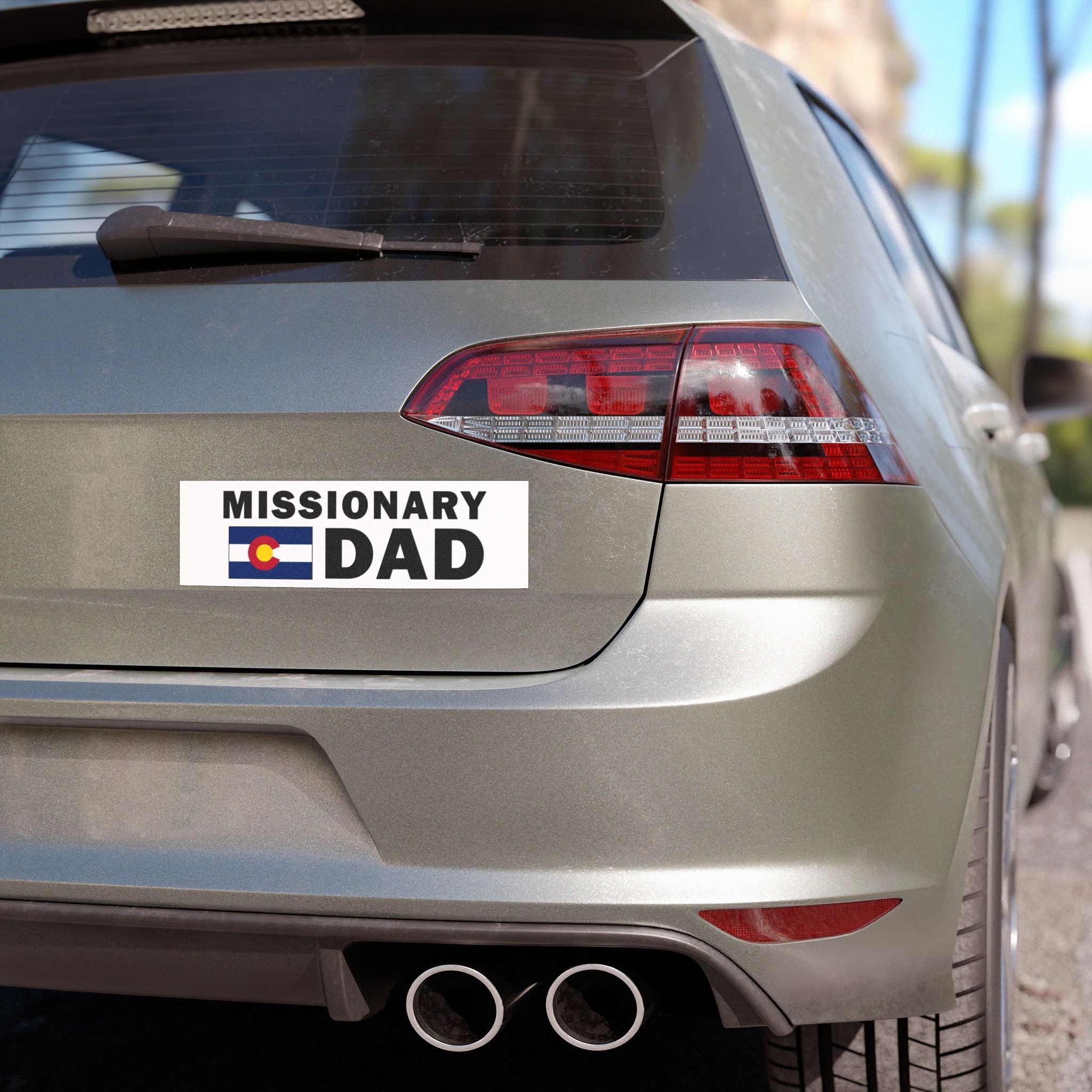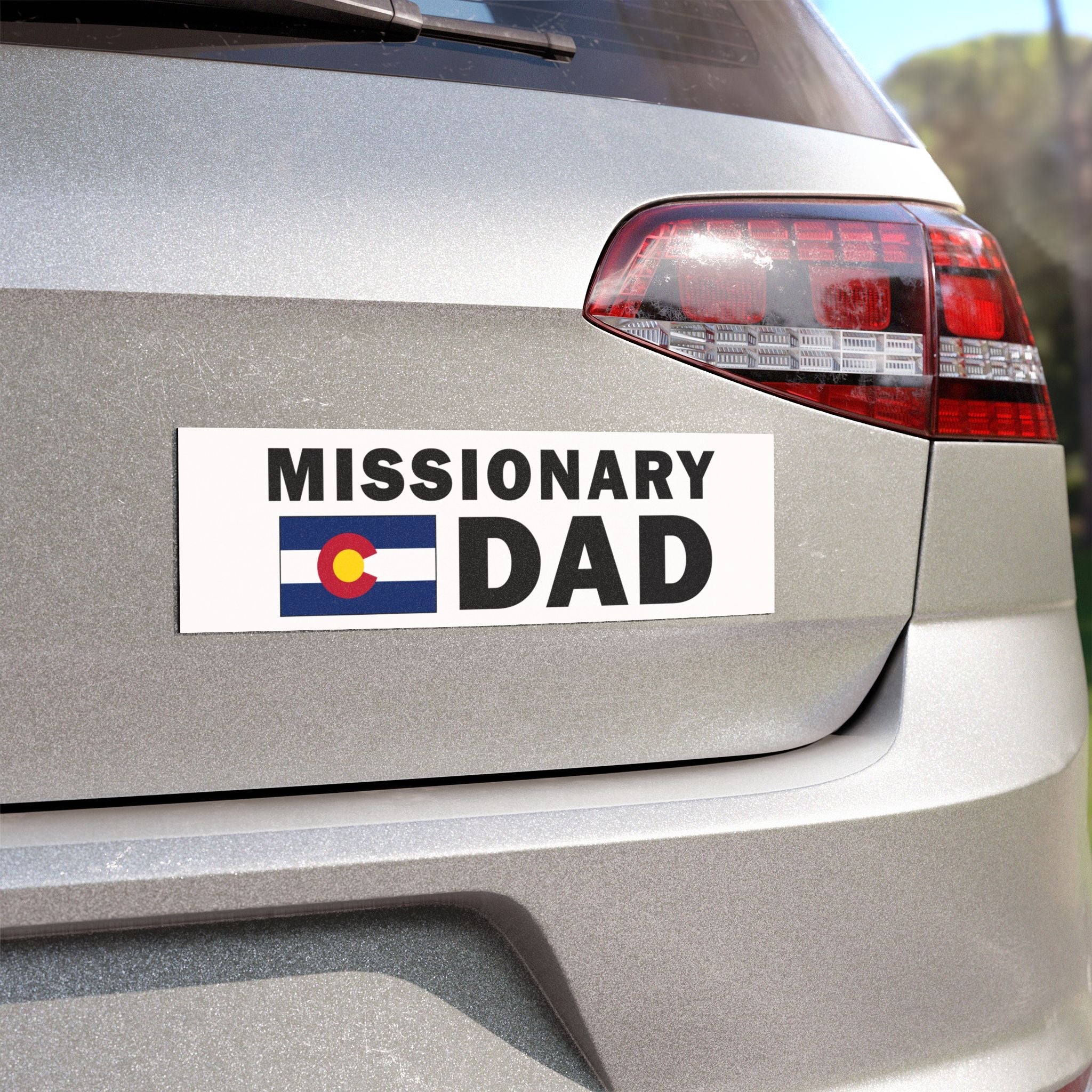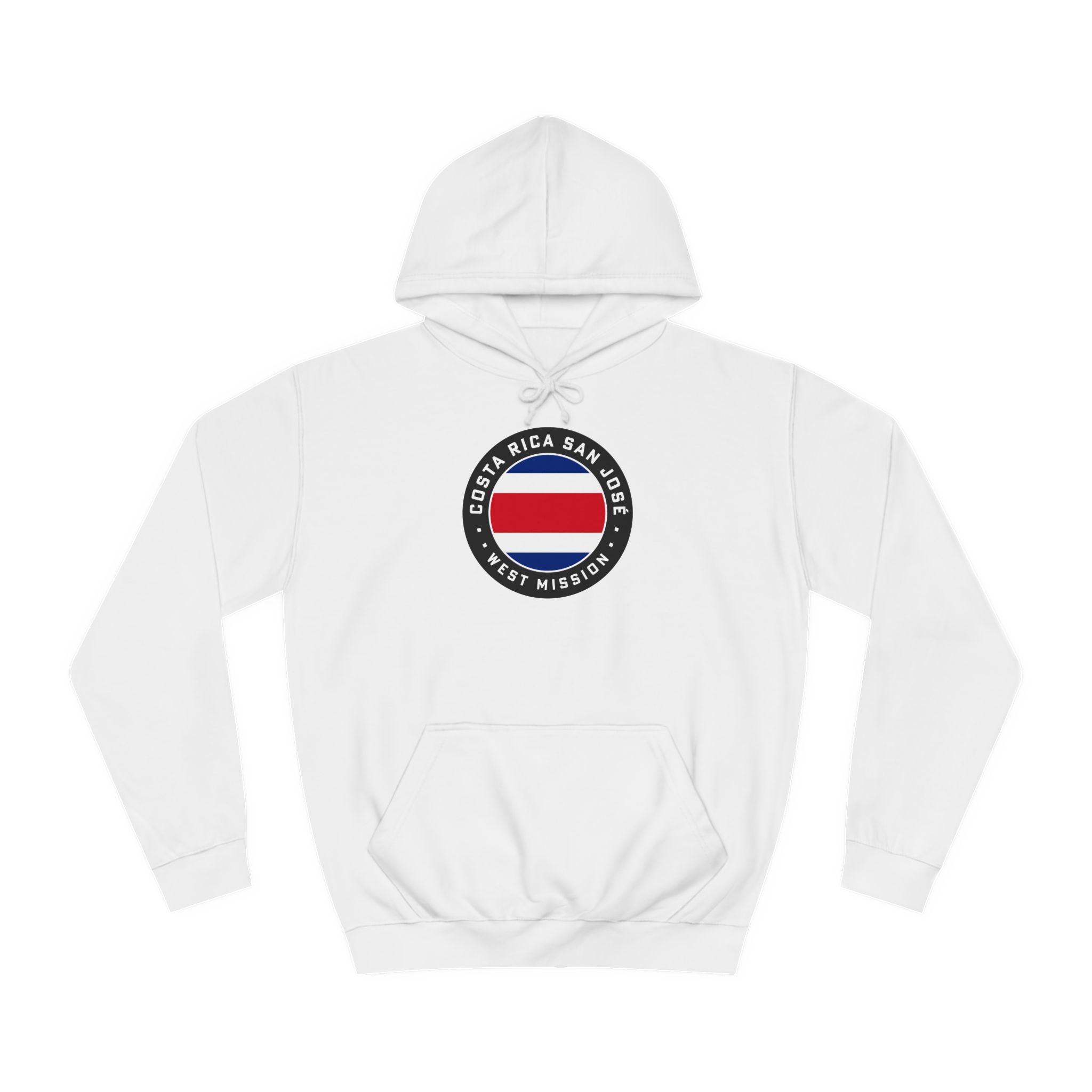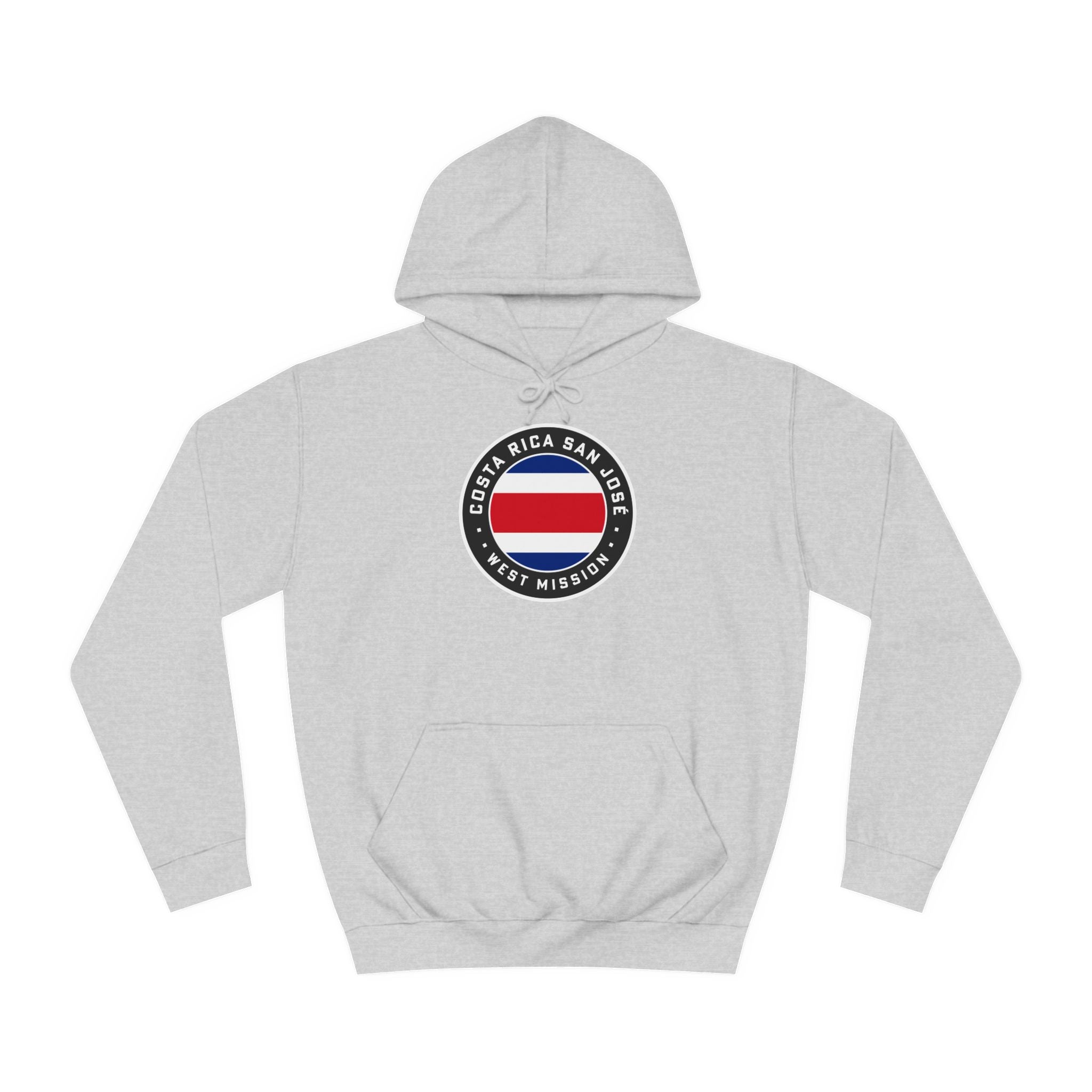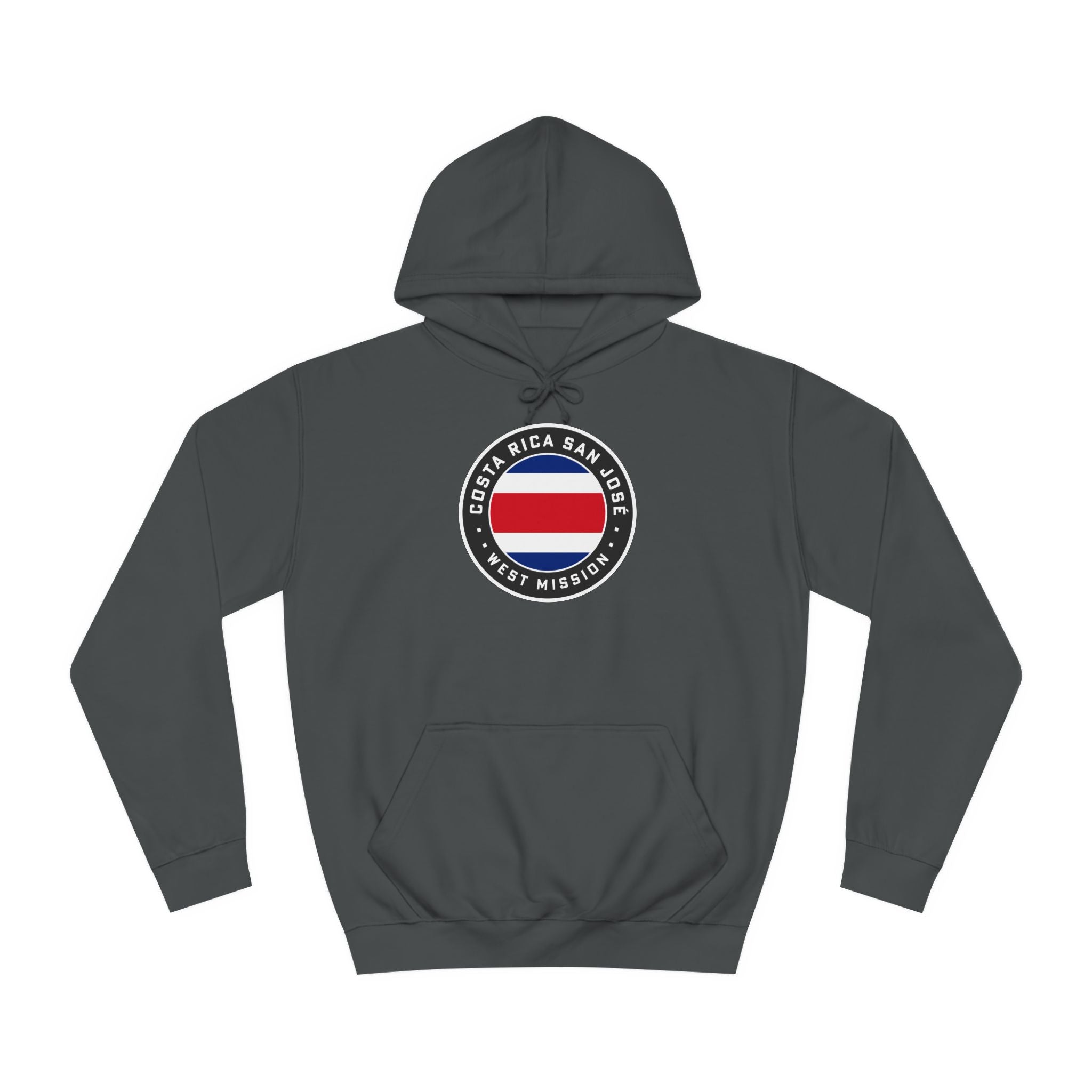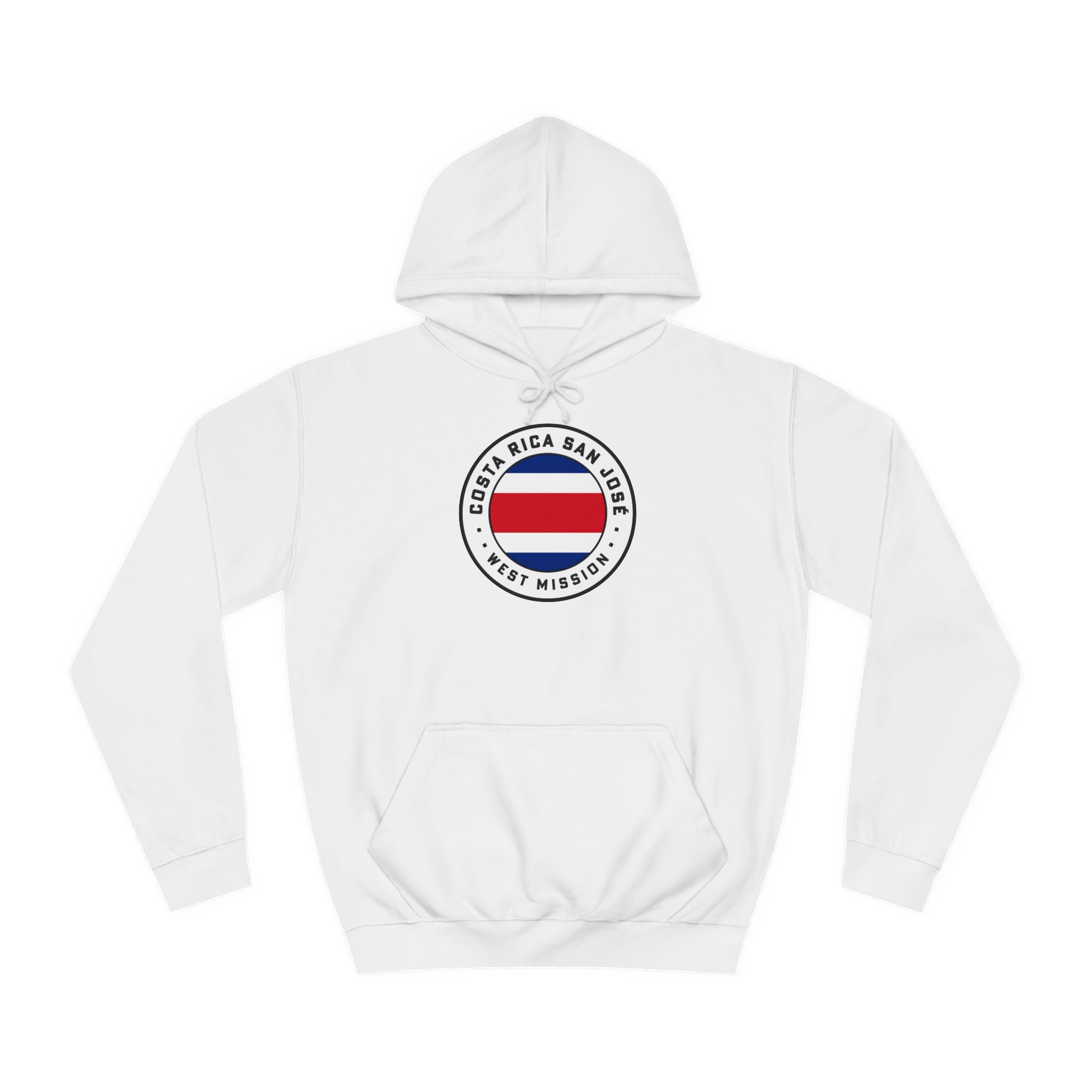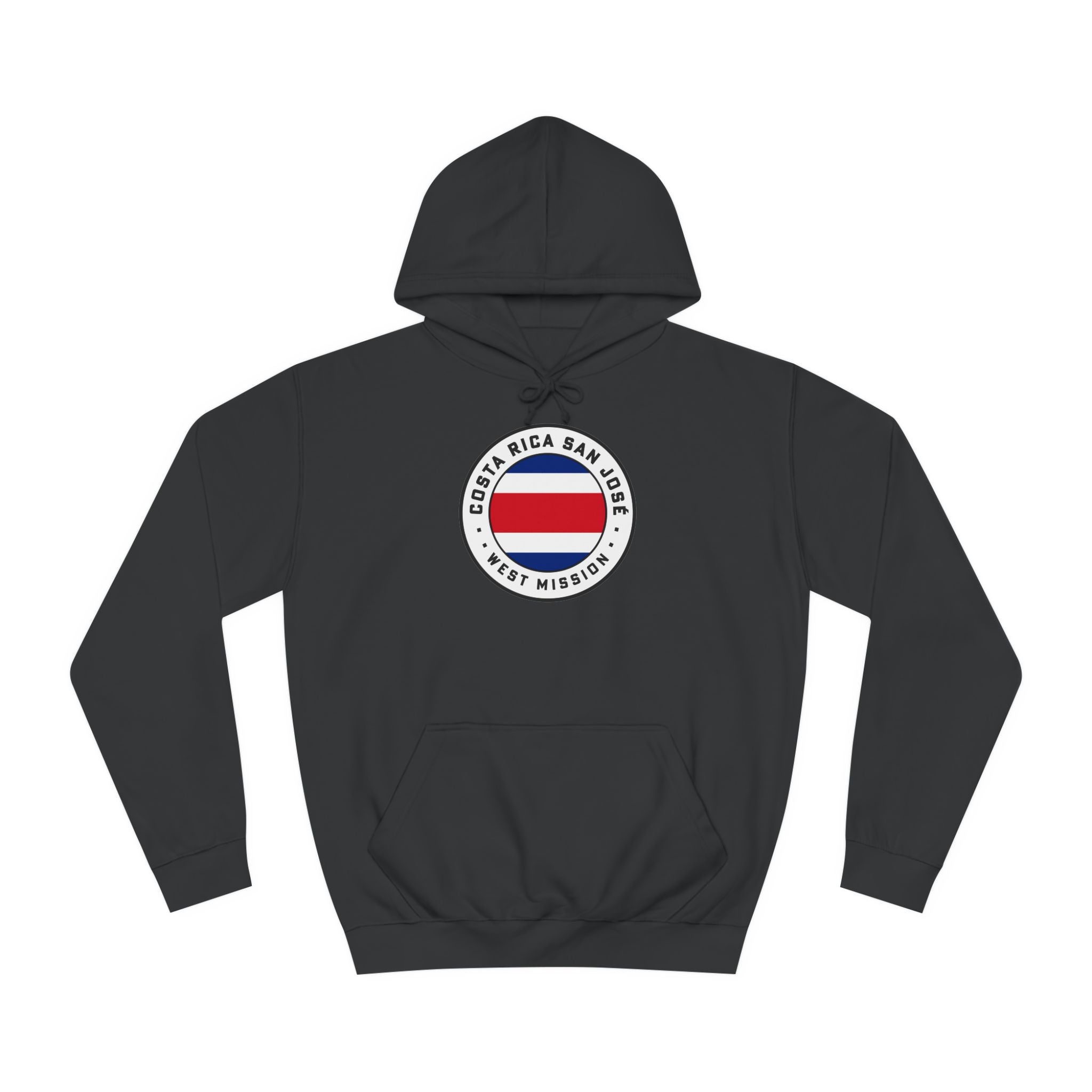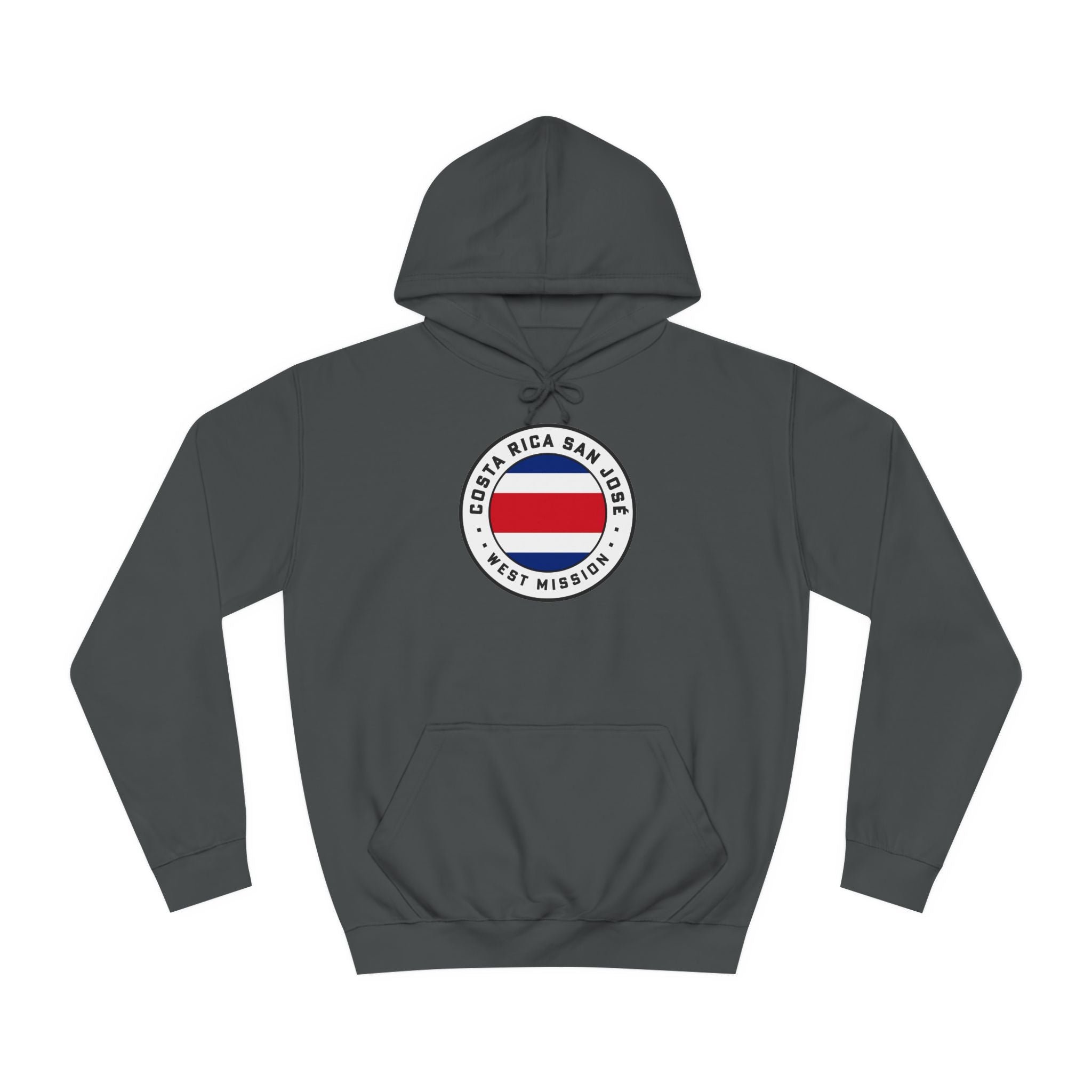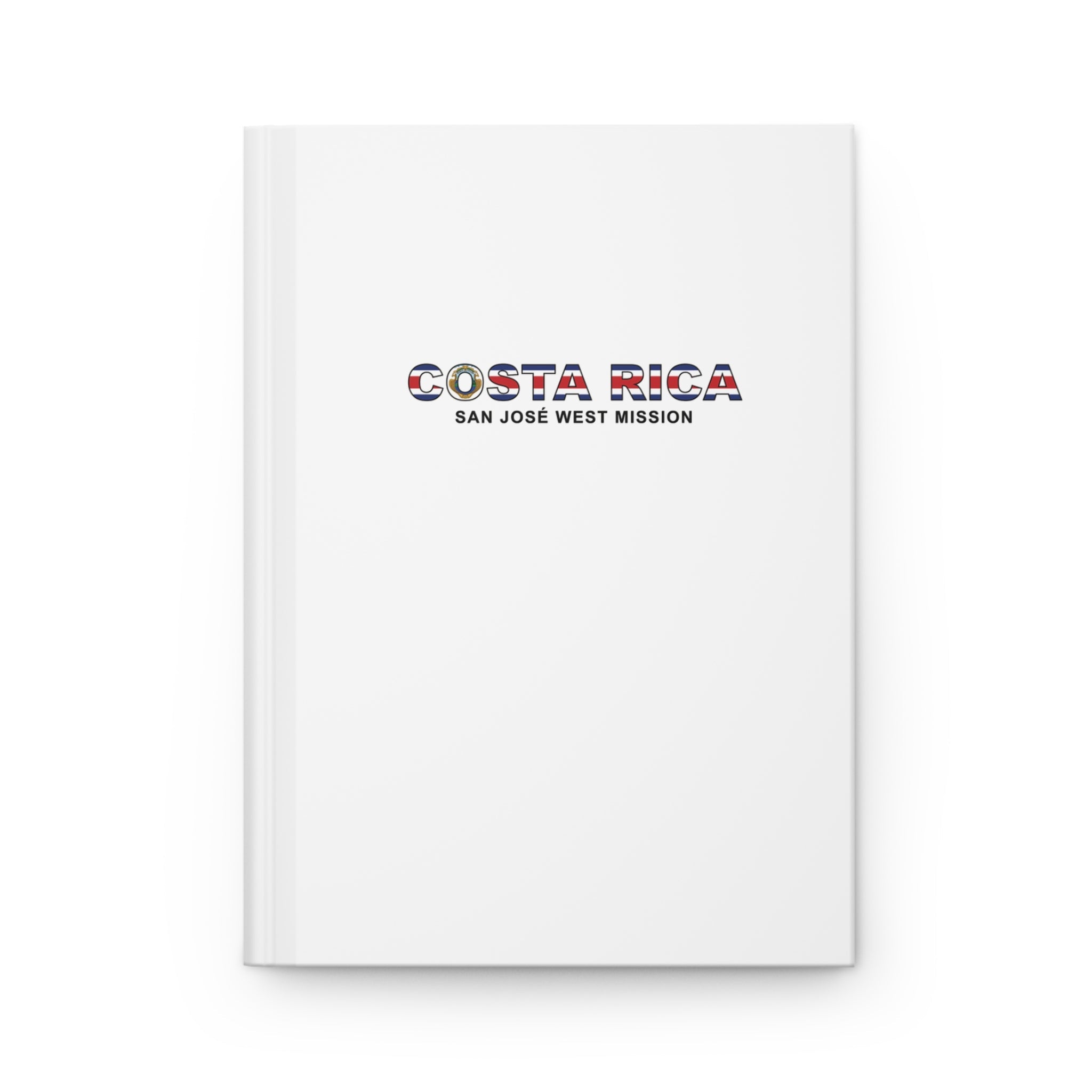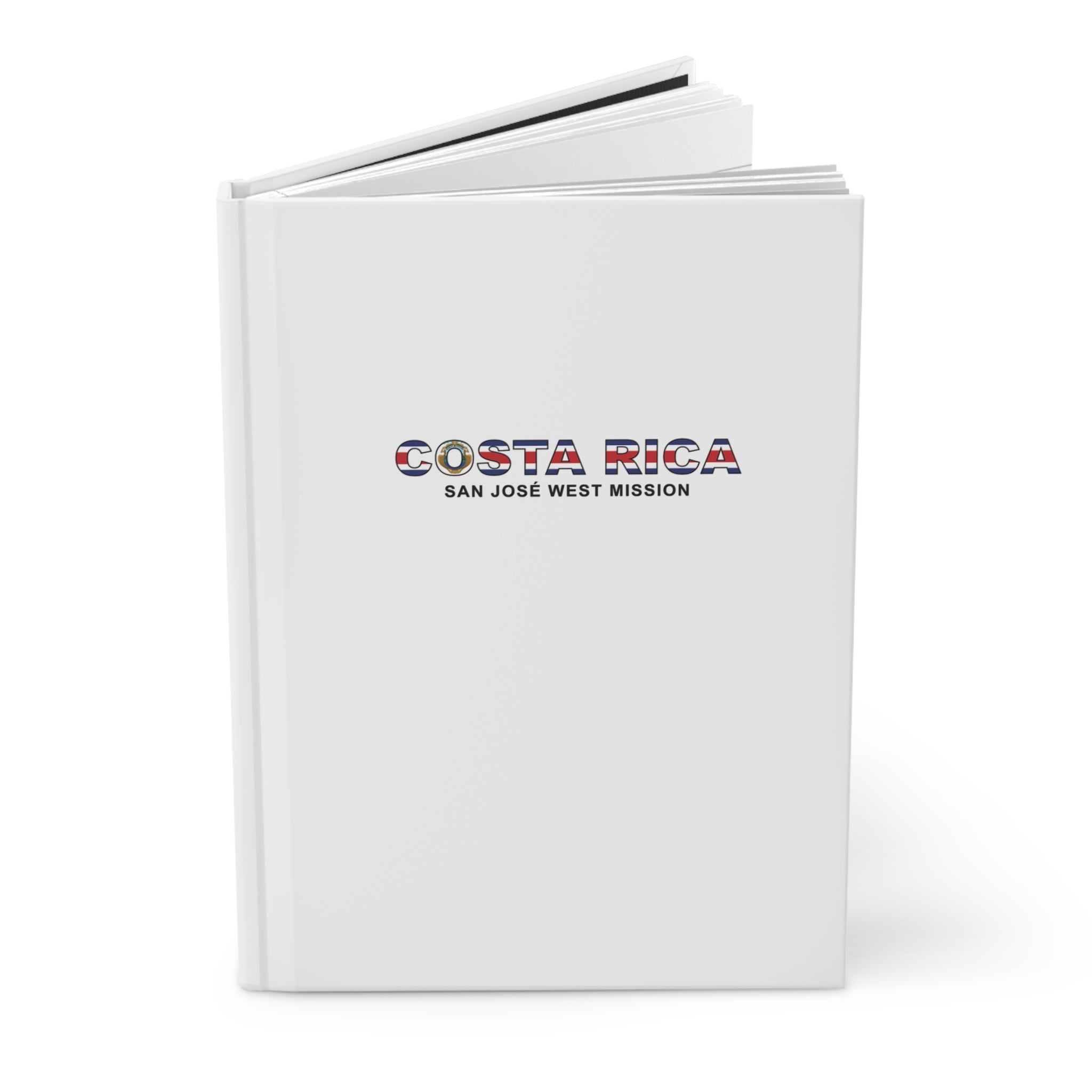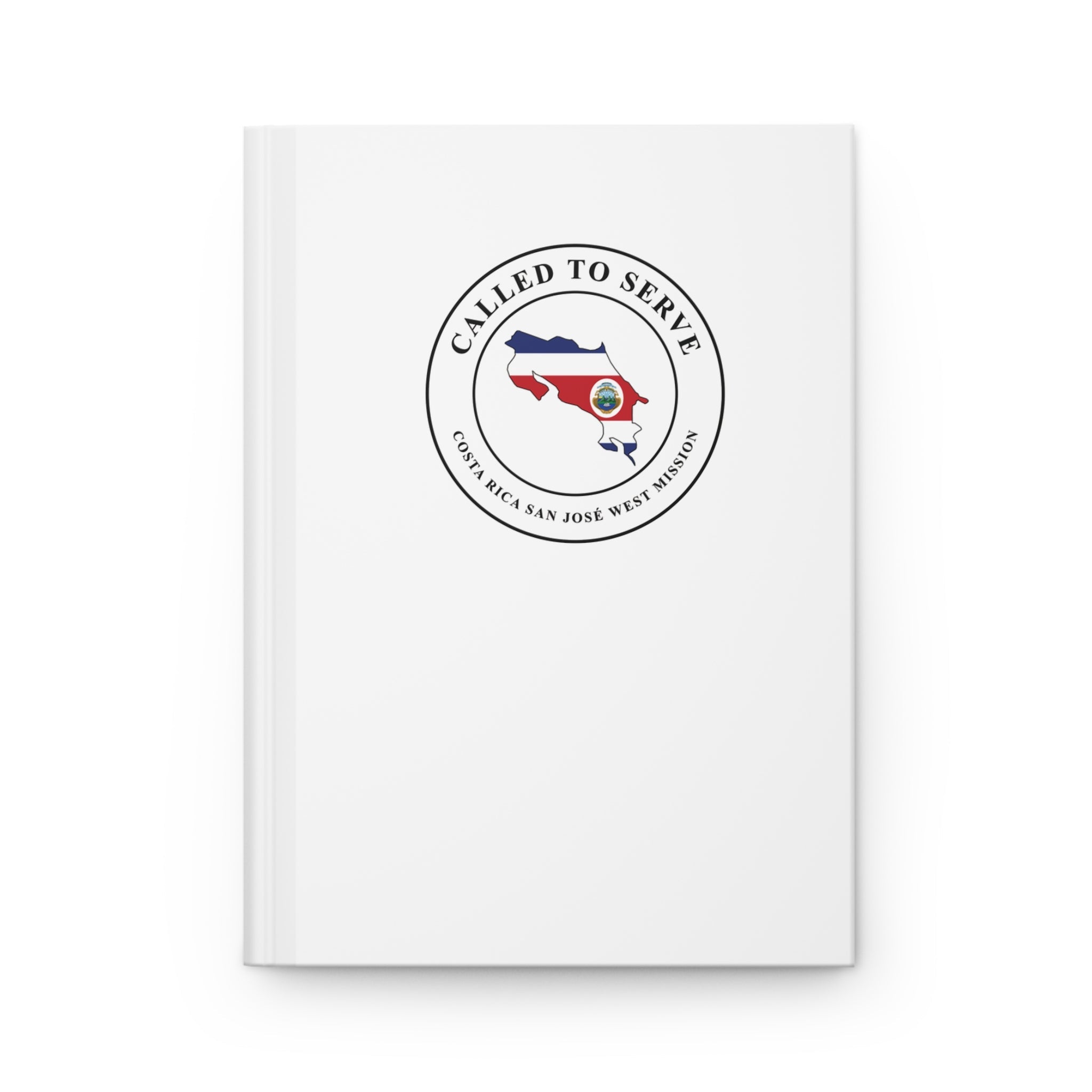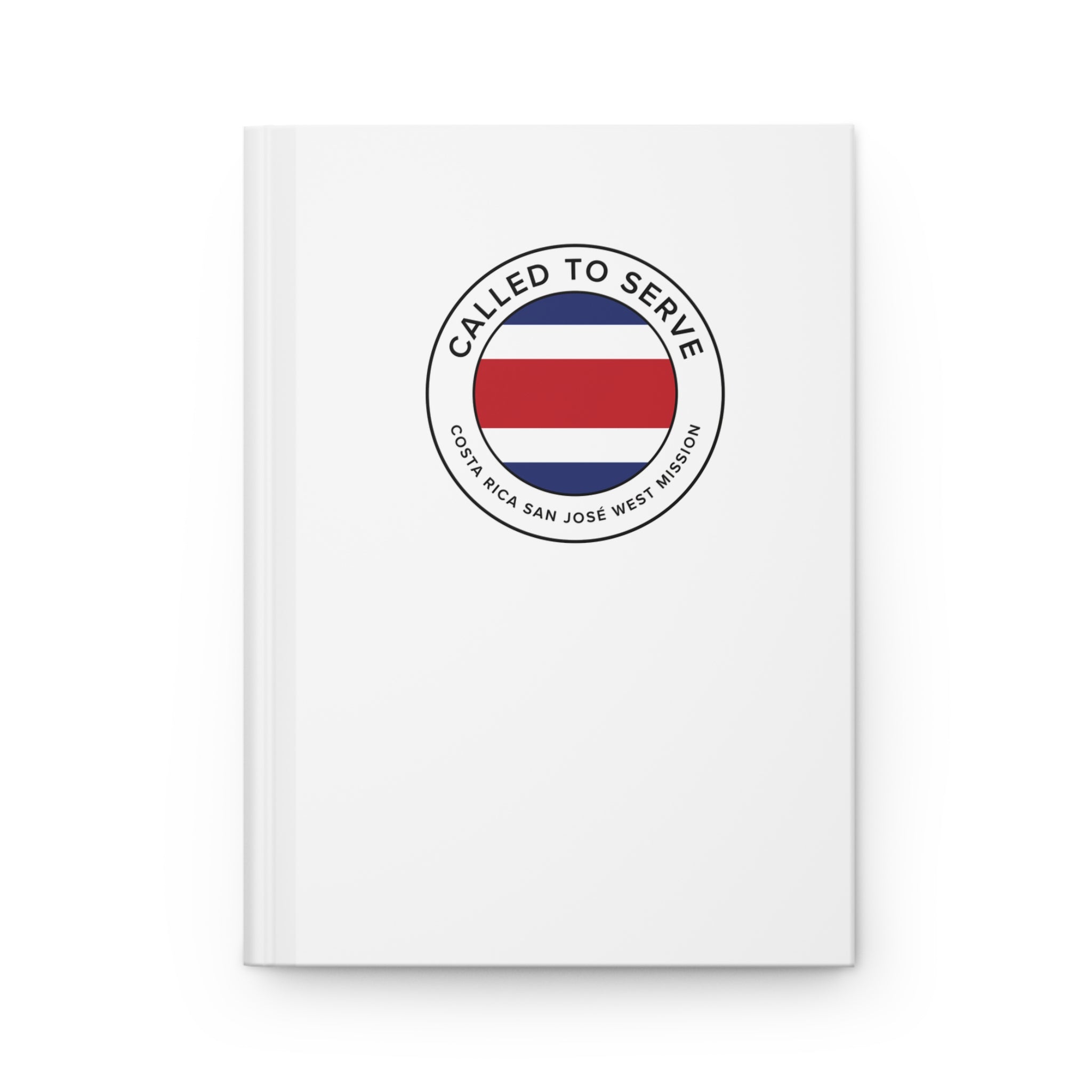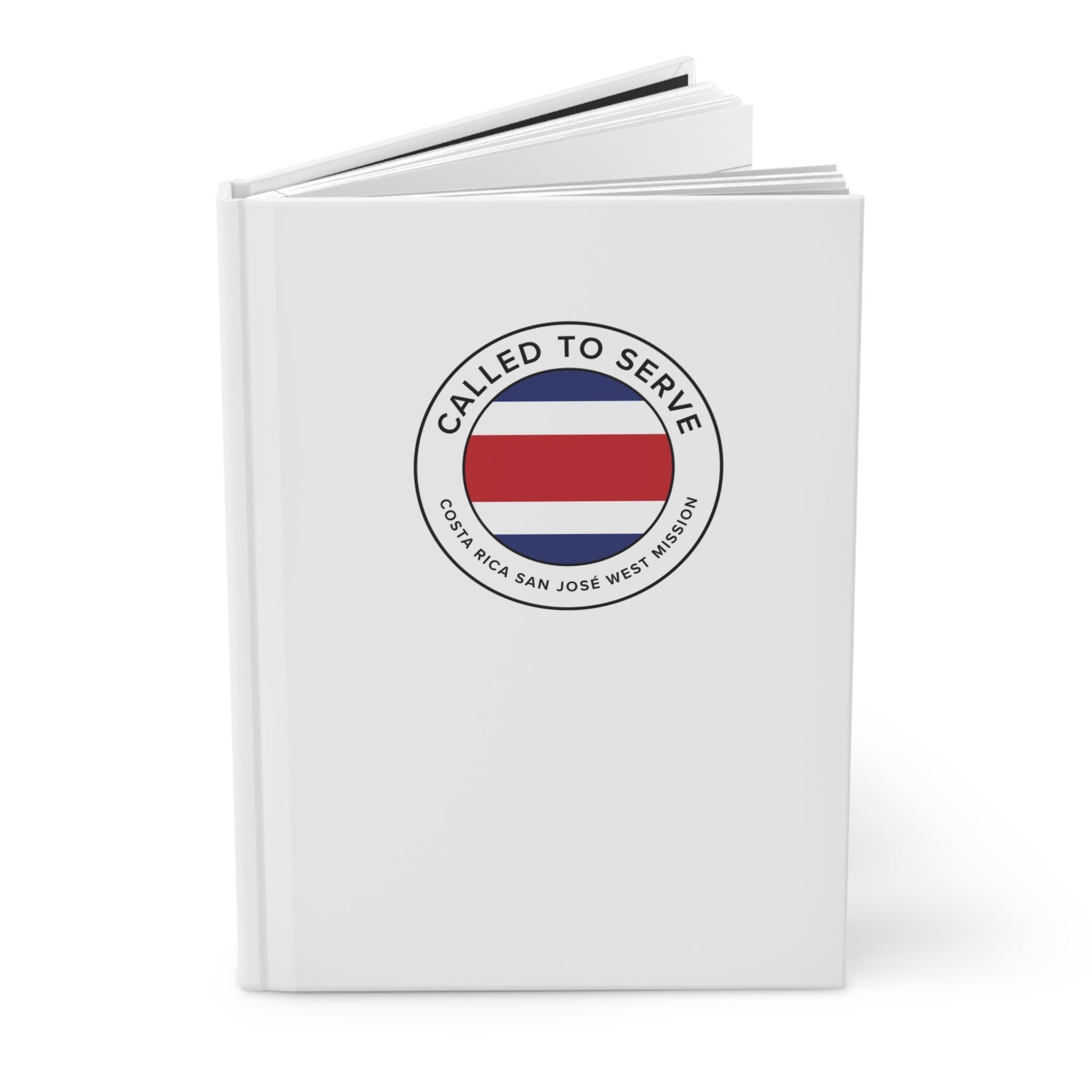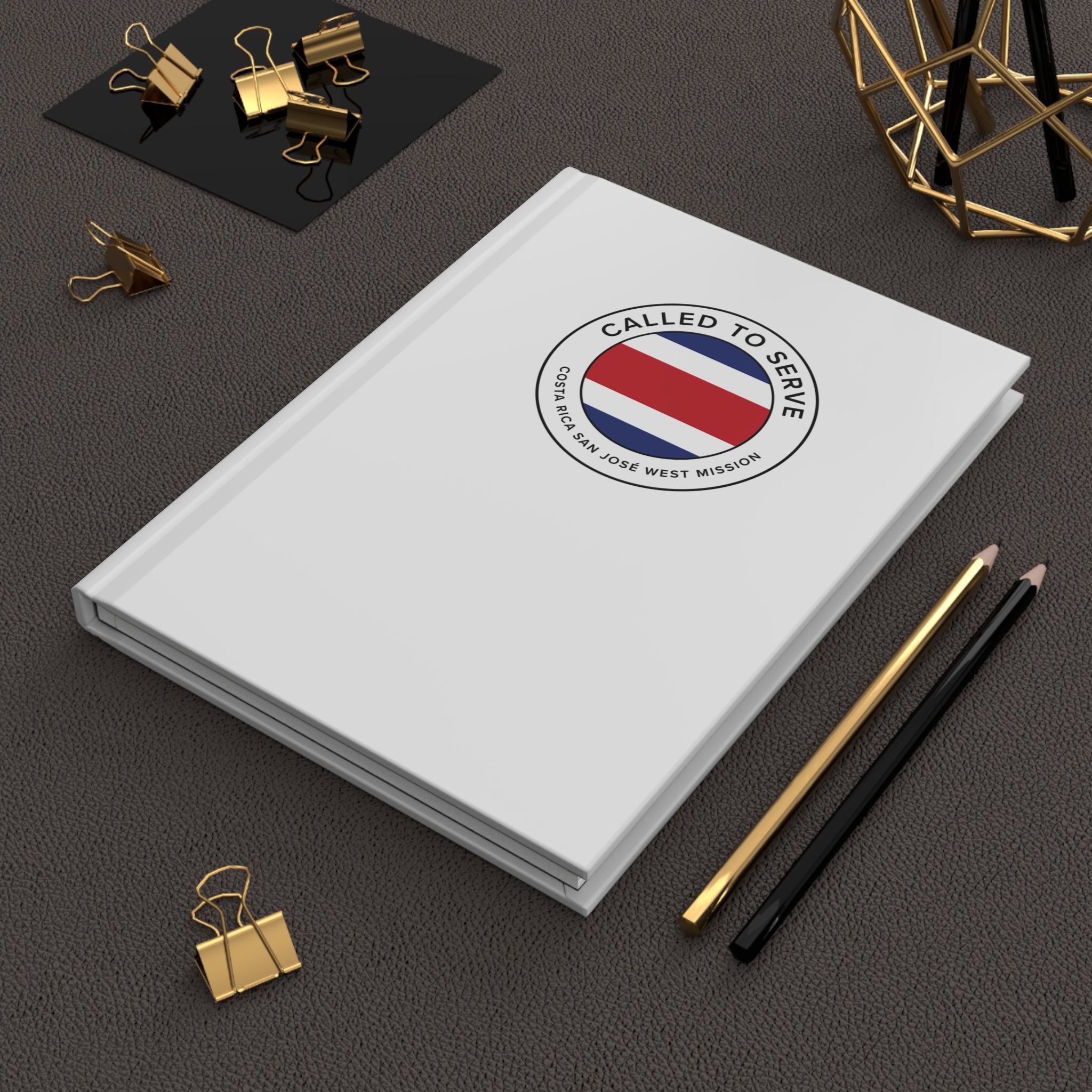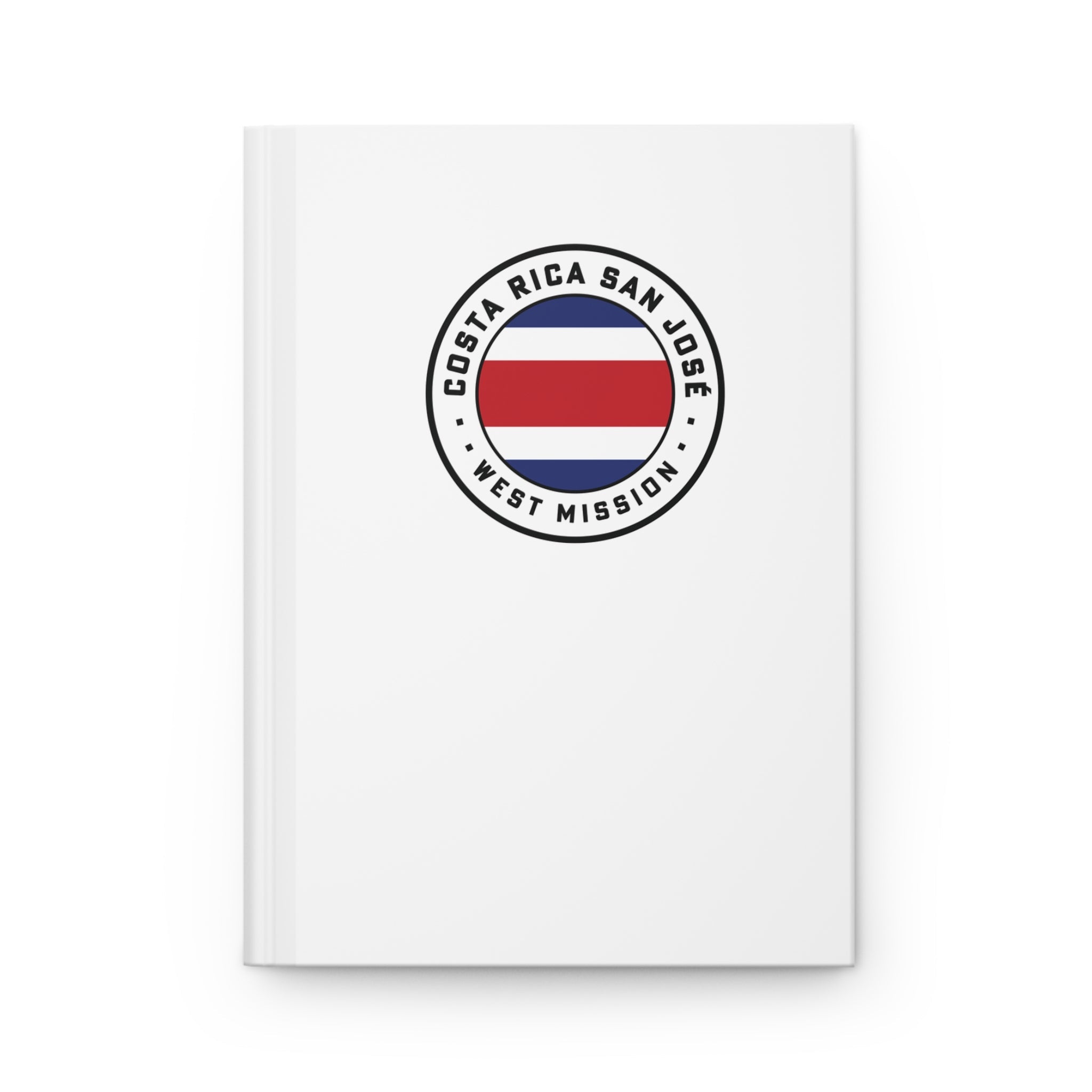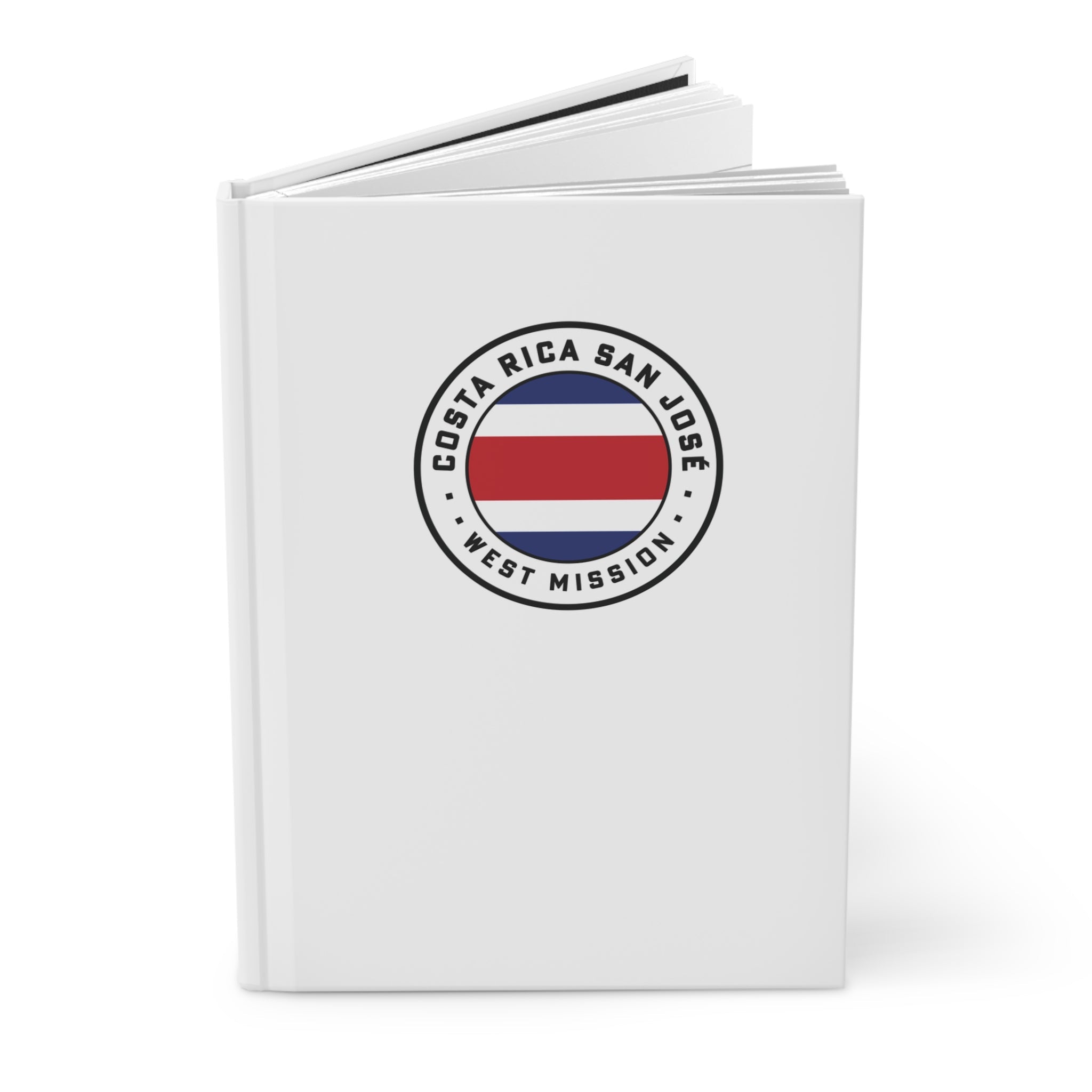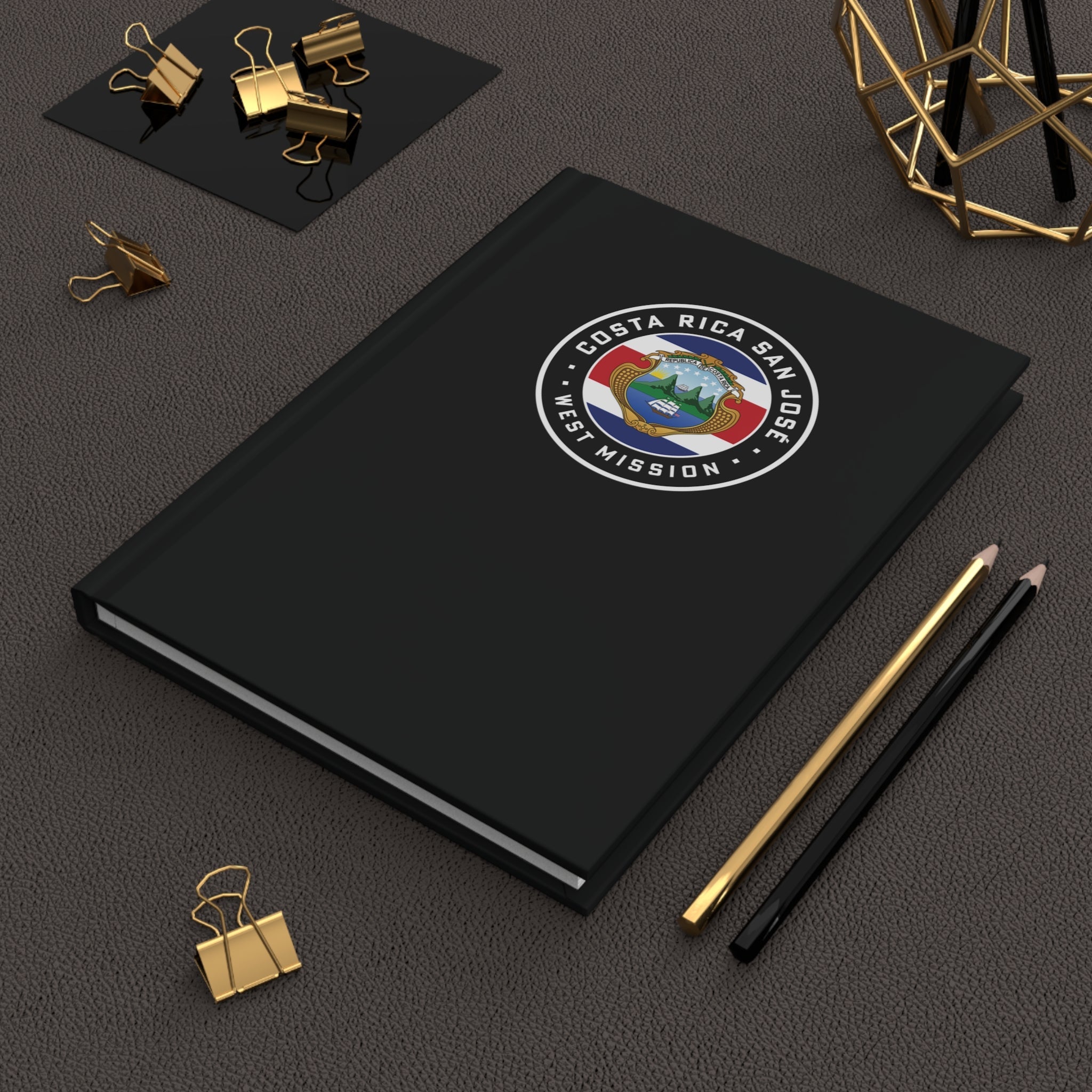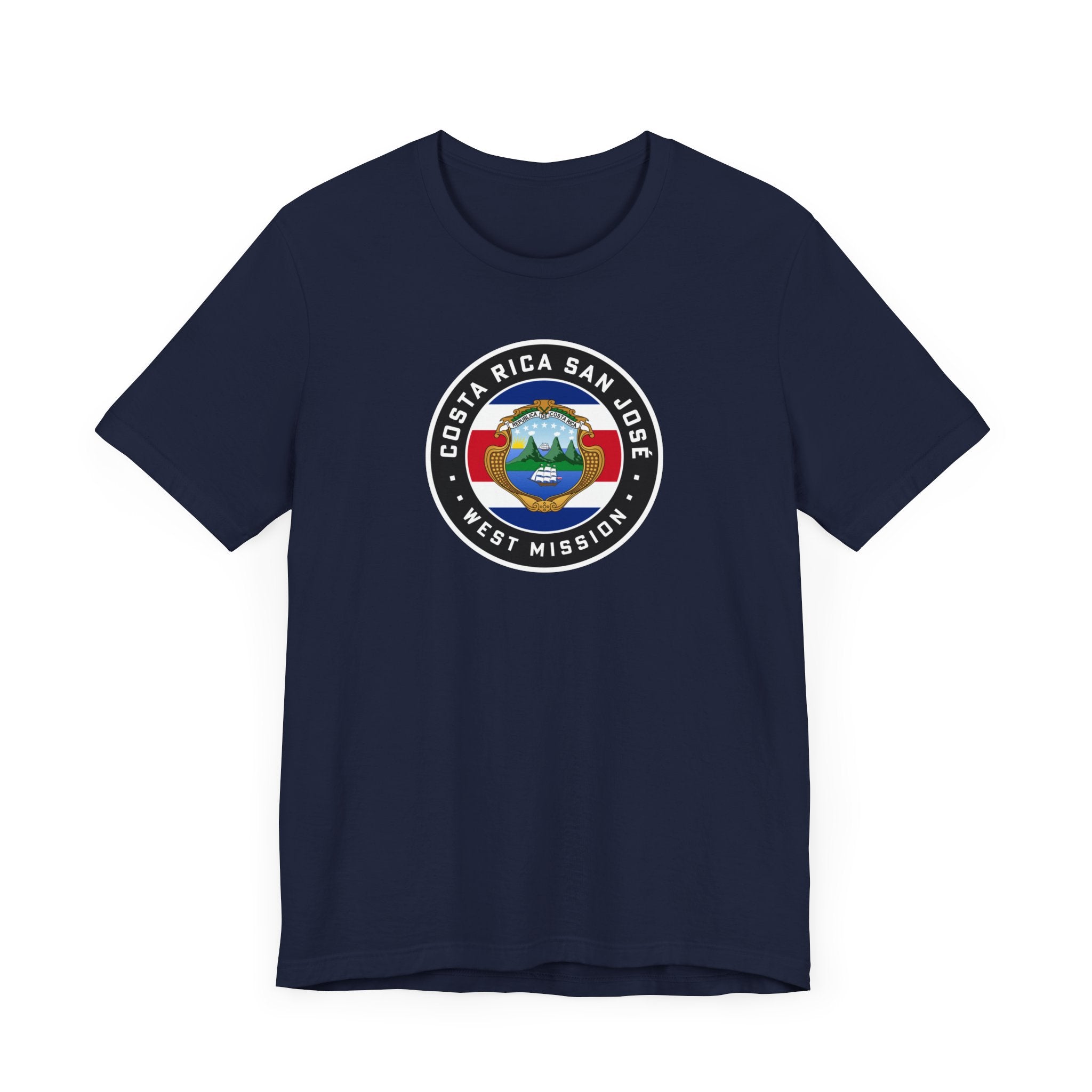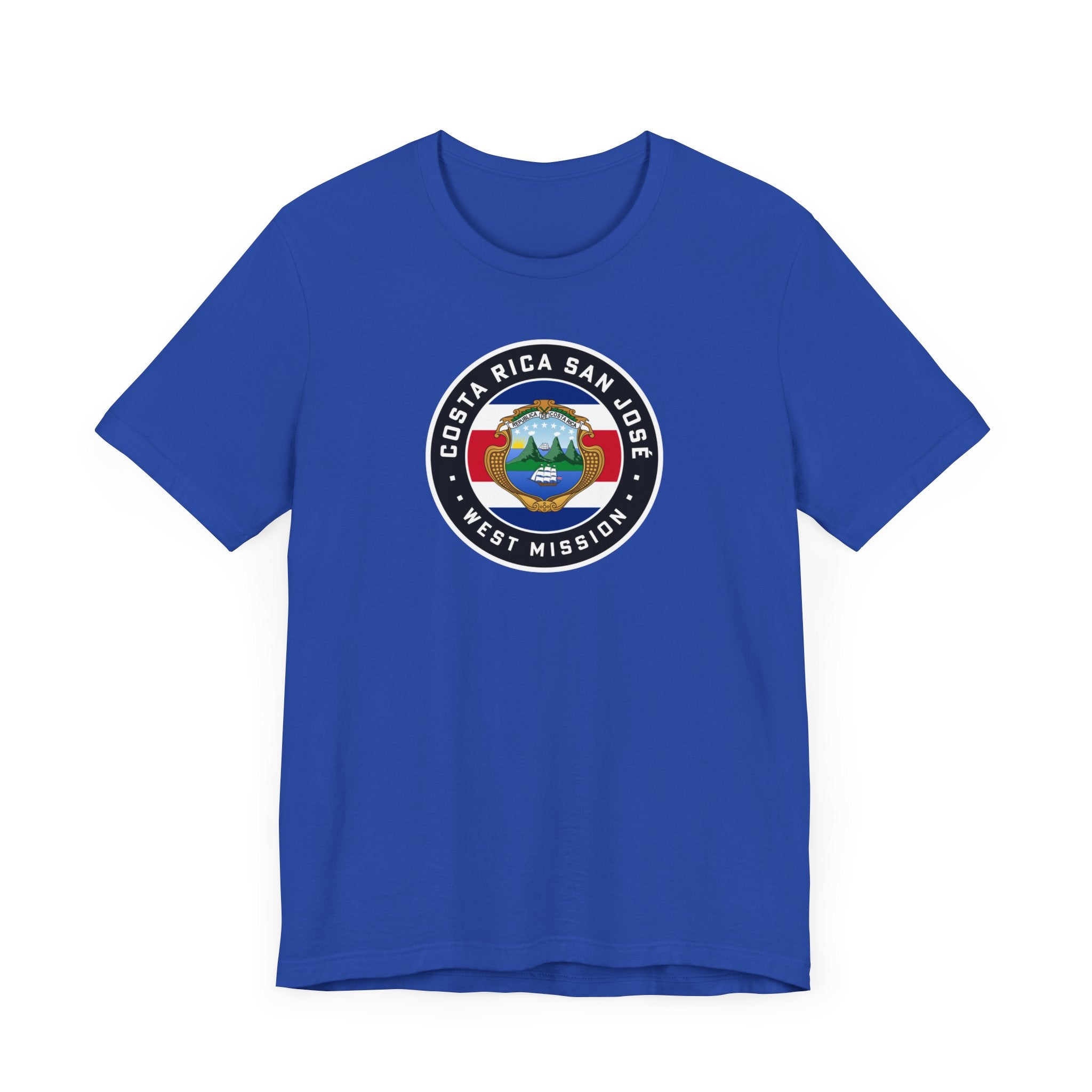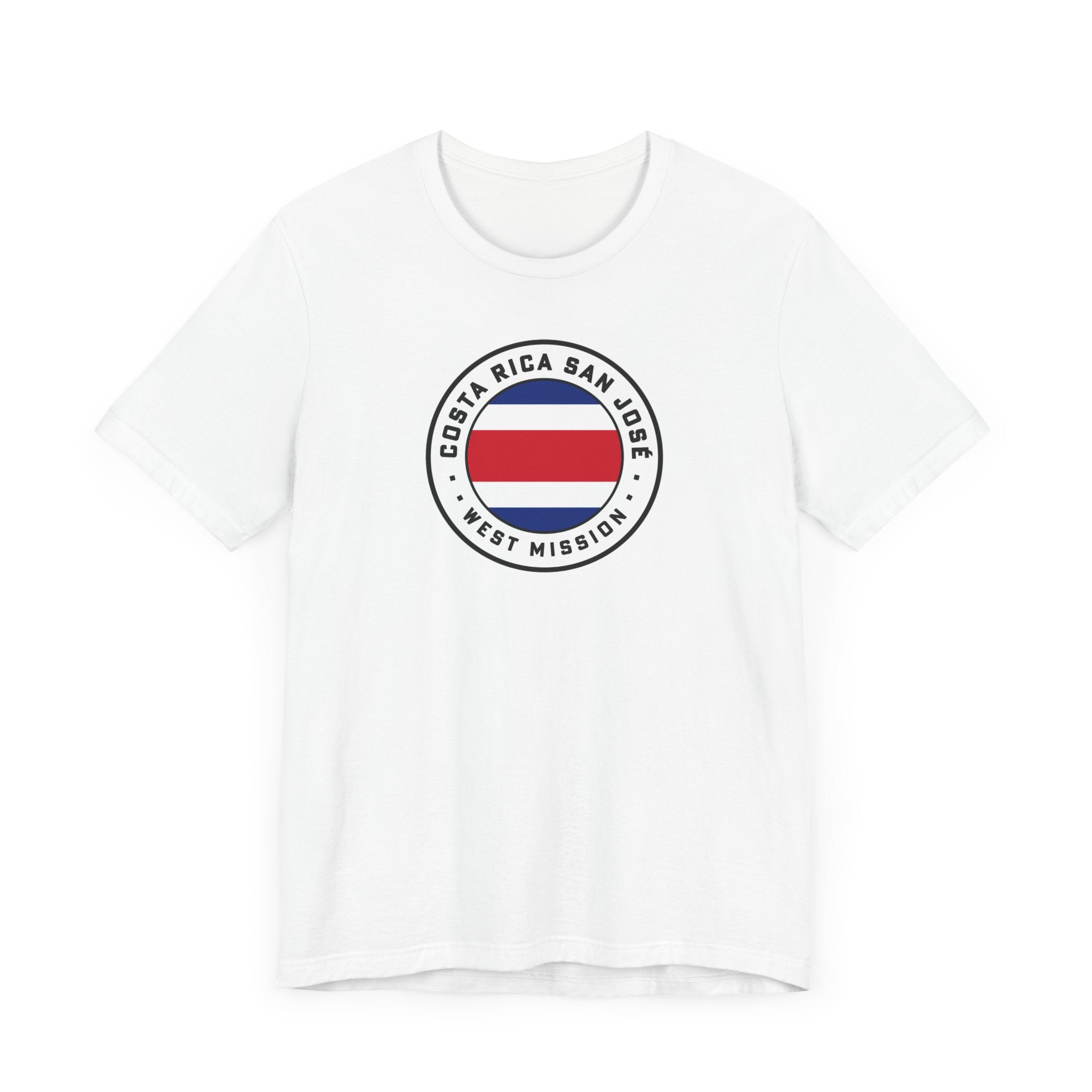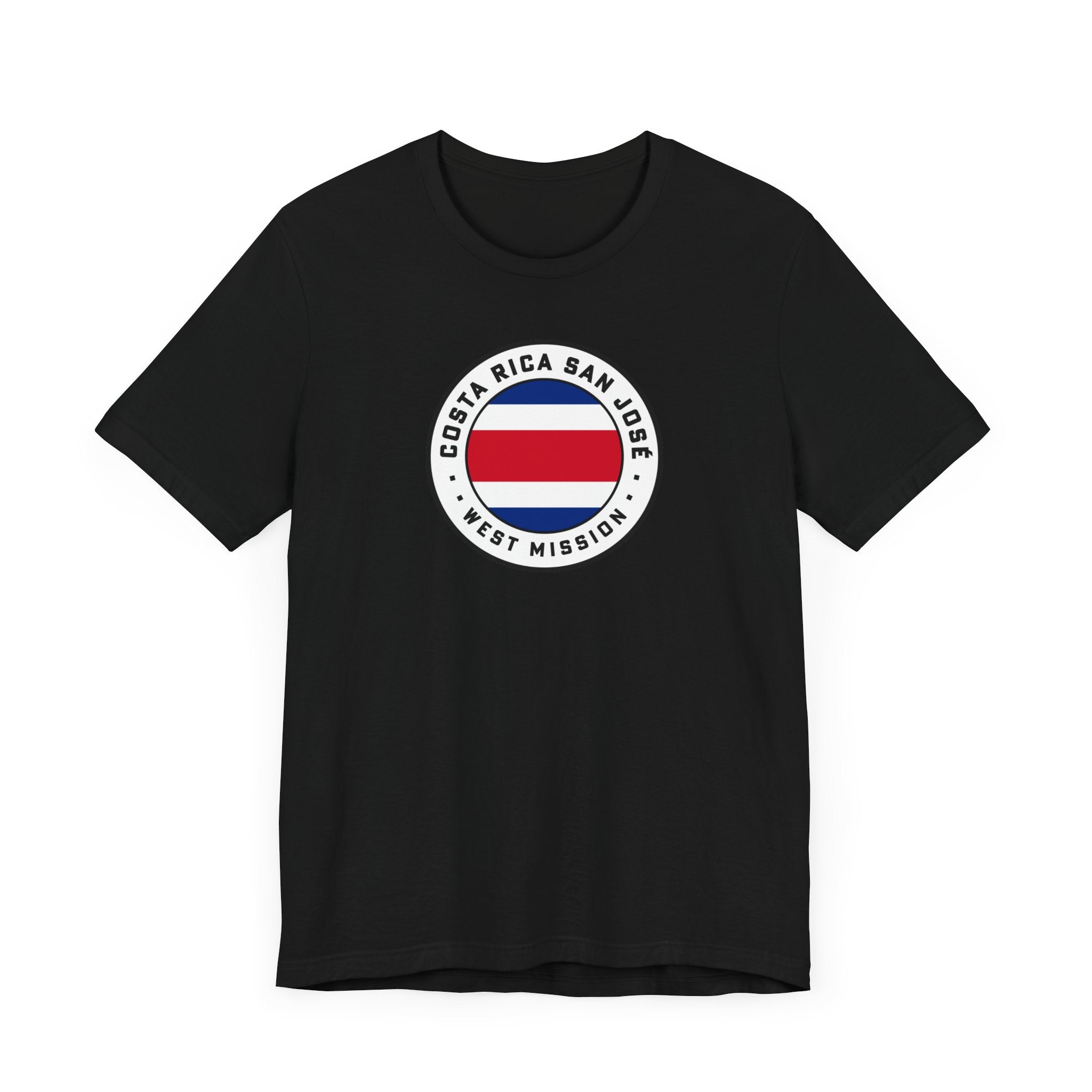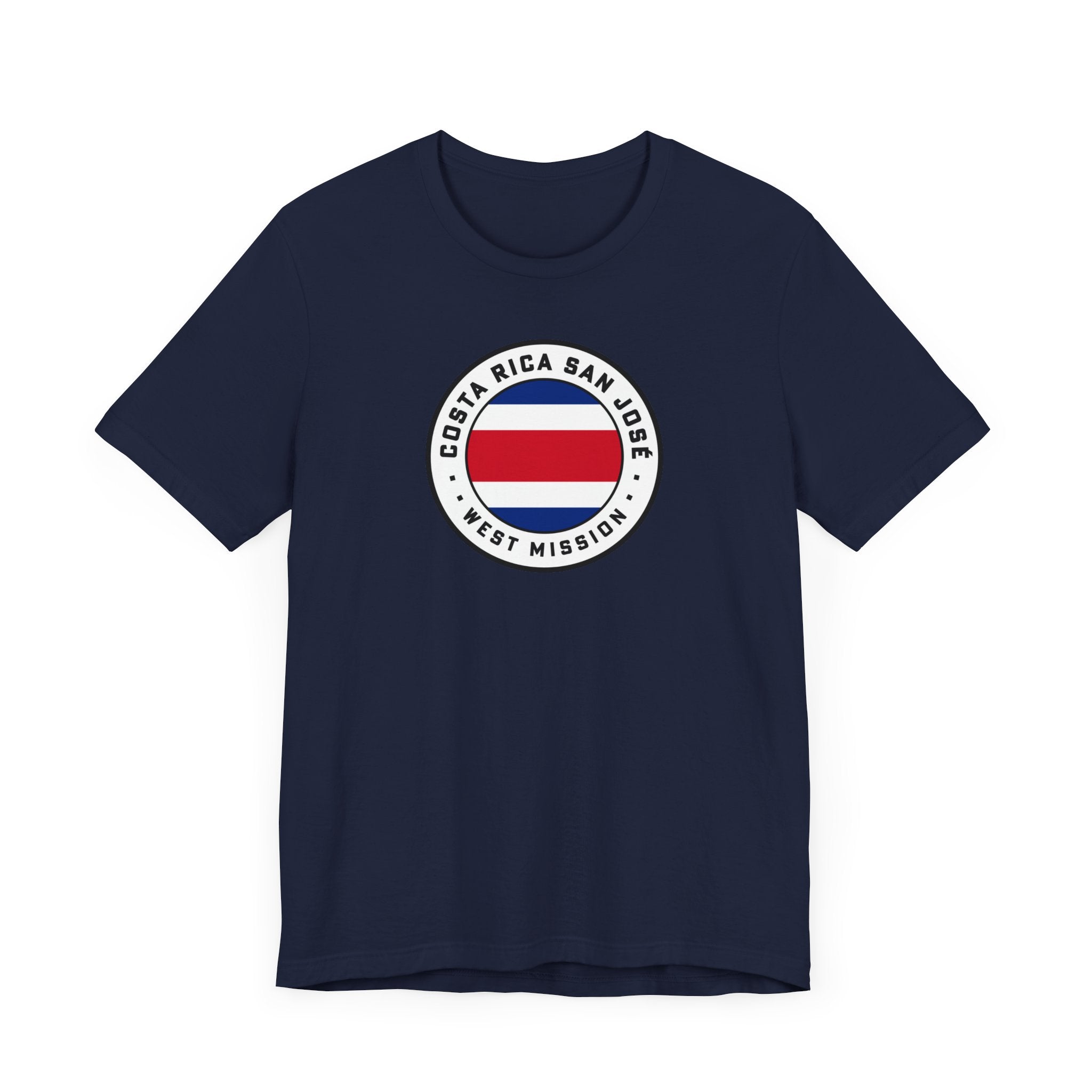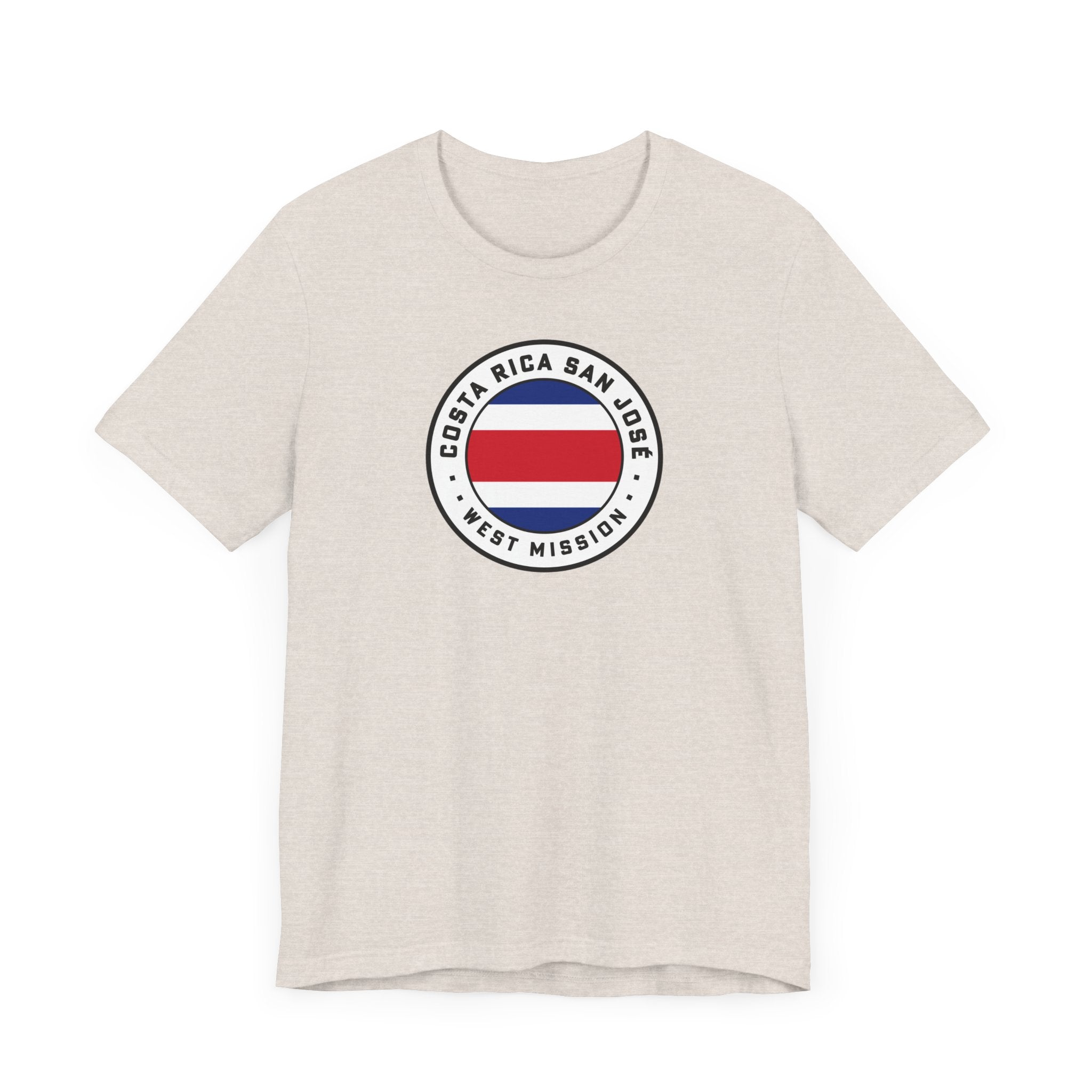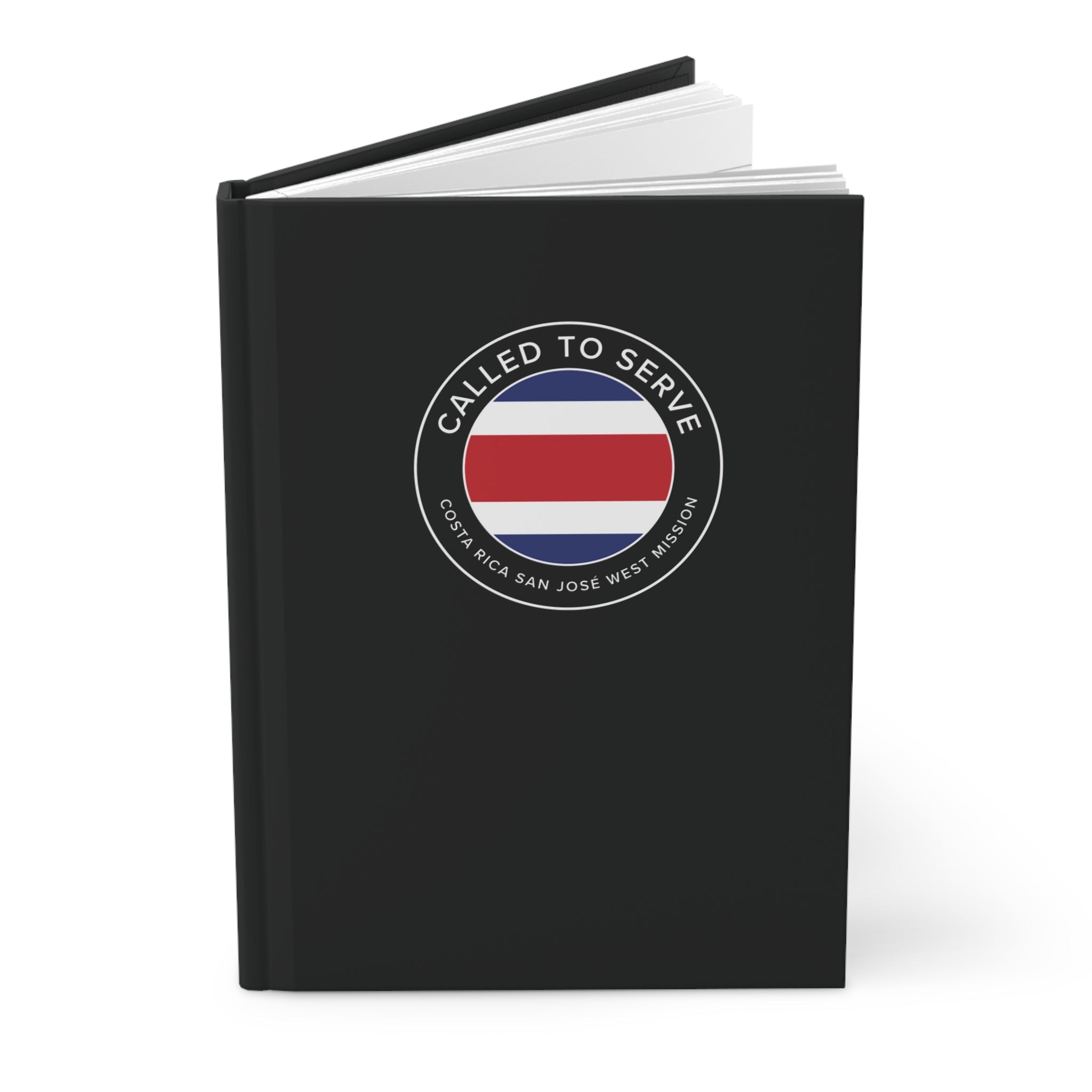The First Presidency authorized President Arwell L. Pierce of the Mexican Mission to add Costa Rica to his mission in July 1946. He visited the country in September of that same year, staying at the home of H. Clark Fails, a member of the Church living there.
The first missionaries, Elders Robert B. Miller and David D. Lingard, arrived in Costa Rica about this same time in early September. They presented the president of the Republic with a copy of the Book of Mormon: Another Testament of Jesus Christ. Missionaries left Costa Rica in 1948 to avoid a national revolution, but returned in time to enjoy a Pioneer Day celebration with Church members on 24 July 1949.
The first conference of the Church in the country was held 7 June 1950, and about 70 attended. A local unit (branch) was organized on 25 August 1950, and property for the first chapel was purchased in 1951.
During the 1950s the Church grew slowly, with several visits from General Authorities. In 1952, the Central American Mission was organized apart from the Mexican Mission. In 1965, the Guatemala-El Salvador mission was organized and included the country of Costa Rica. The Costa Rica Mission was organized 20 June 1974.
The first district conference was held in August 1968, with 296 people in attendance. The San Jose Costa Rica Stake (diocese) was created 20 January 1977, with Manuel Najera Guzman as president, and a month later the area conference was held in San Jose. At that time there were 3,800 members in the country.
President Gordon B. Hinckley visited Costa Rica on 29 January 1997, and spoke to about 7,000 members. He also visited Costa Rica's president, Jose Maria Figueres, at his office in San Jose.

